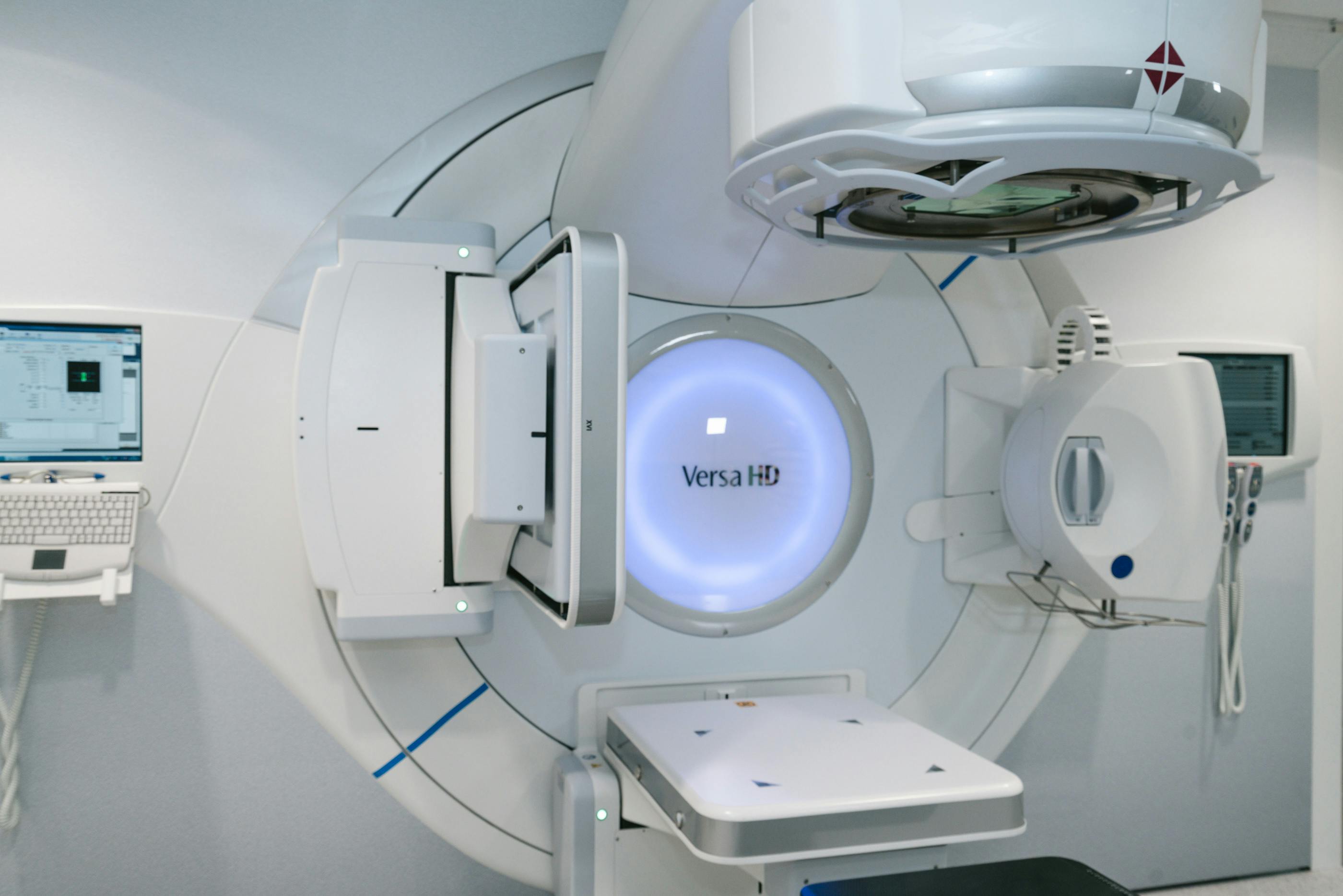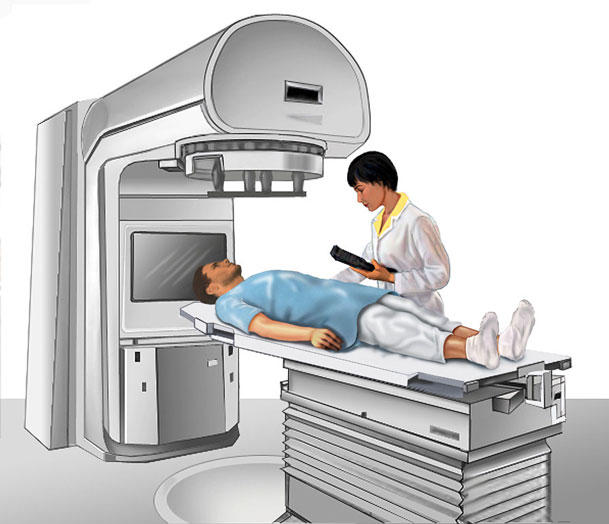How Low‑Dose Radiation Therapy Can Gently Ease Arthritis Pain
Arthritis, a chronic condition characterized by inflammation and pain in the joints, affects millions worldwide, often leading to a diminished quality of life. Traditional treatments, ranging from medication to physical therapy, sometimes fall short in providing comprehensive relief. Enter low-dose radiation therapy—a surprising and innovative approach that is gaining traction in the medical community. Unlike its high-dose counterpart used in cancer treatments, low-dose radiation is gentle and specifically tailored to alleviate arthritis pain. This article explores nine unexpected ways this therapy is redefining relief for arthritis sufferers, offering hope and new possibilities for improved well-being.
Understanding Low-Dose Radiation Therapy

Low-dose radiation therapy involves administering small amounts of ionizing radiation to affected joints. This method is distinct from the high doses used in cancer treatment, focusing instead on reducing inflammation and pain. The therapy works by modulating the immune response, thereby reducing the production of pro-inflammatory cytokines that exacerbate arthritis symptoms. It is a precise, controlled approach that targets specific areas, minimizing exposure and potential side effects. As research progresses, understanding the molecular mechanisms behind this therapy is crucial, paving the way for more refined and effective treatments for arthritis patients.
Historical Context and Medical Evolution

The use of radiation therapy for non-malignant diseases dates back to the early 20th century, but its application in arthritis treatment has only recently gained attention. Initially, the therapeutic potential of low-dose radiation was overshadowed by the risks associated with higher doses. However, advances in medical technology and a deeper understanding of radiation biology have prompted a reevaluation of its benefits. Historical data combined with modern clinical trials have demonstrated its efficacy in reducing joint pain and improving function, thus revitalizing interest in this underutilized treatment modality.
